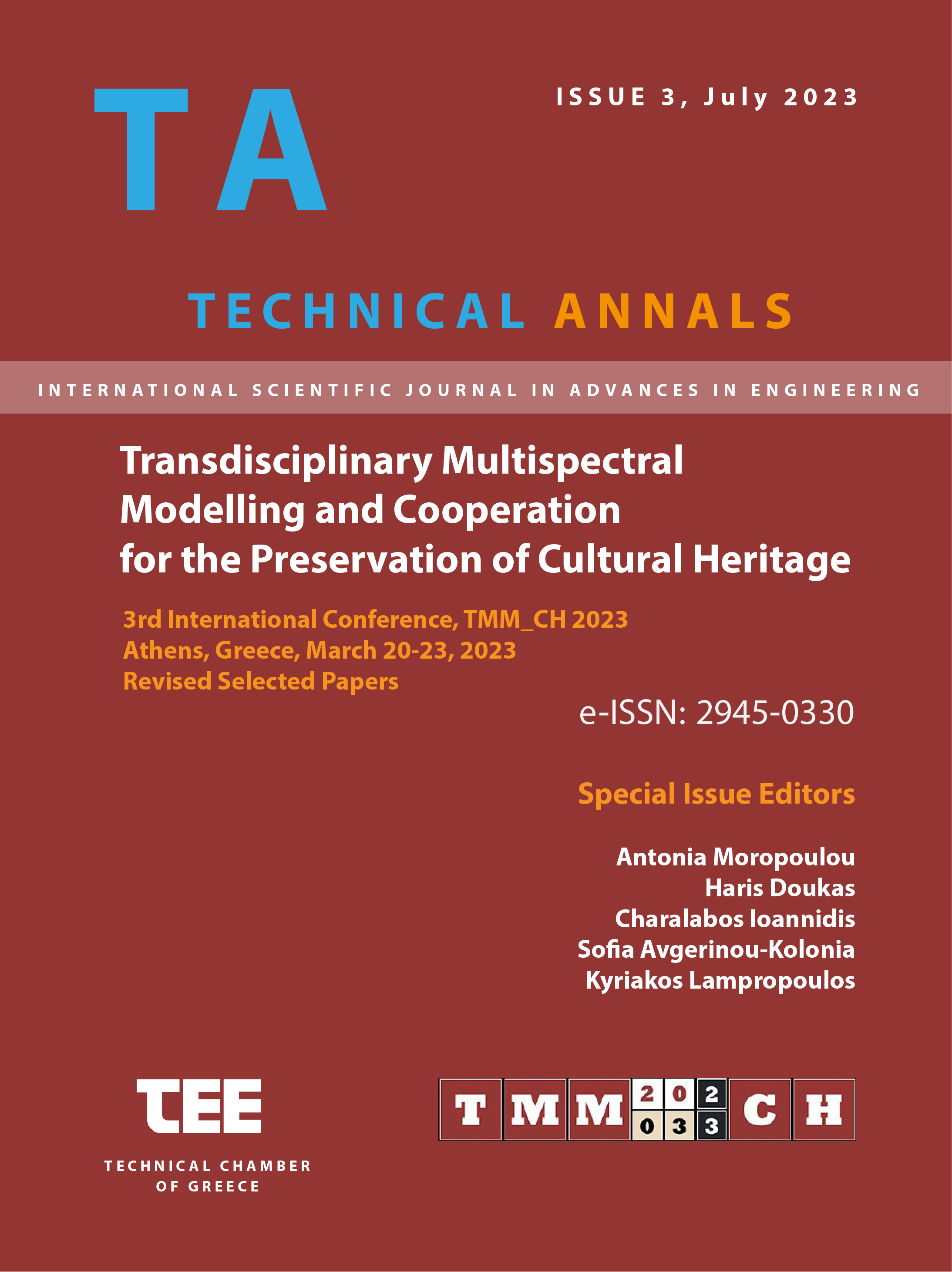Extensive Restorations of Arched Stone Bridges: the Examples of Plaka Bridge in Greece and Stari Most in Bosnia and Herzegovina

Abstract
In the last thirty years, Europe has experienced two major destructions of important monuments of its cultural heritage. They are both related to the collapse of stone-built, arched bridges, which were closely linked to the history and evolution of the bridging areas.
In 1993, the historic Mostar Bridge (Bosnia and Herzegovina), built in 1566 by the Ottoman architect Mimar Hajrudin, almost completely collapsed, bridging the Neretva River. The cause of the collapse was the relentless bombardement of Mostar during the Yugoslav war (1992-1995). In 2015, the entire central arch and almost 90% of the eastern pier of Plaka’s bridge in Tzoumerka collapsed, following extreme weather events and a rise in the level of the Arachthos River. The bridge was erected in 1866 by master builder Kostas Bekas. The restoration of these bridges were complex, high-tech projects, and posed great challenges, being global innovations.
This article gives a brief presentation of the two bridges, and analyzes the administrative and technical framework for their restoration. The purpose of this article is to compare and evaluate common and non-common features of the two projects, since the innovative ways of restoring them can be methodological models for the restoration of similar structures.
Article Details
- How to Cite
-
Tzoumas, V. (2023). Extensive Restorations of Arched Stone Bridges: the Examples of Plaka Bridge in Greece and Stari Most in Bosnia and Herzegovina. Technical Annals, 1(3). https://doi.org/10.12681/ta.34836
- Section
- Cultural Heritage

This work is licensed under a Creative Commons Attribution-NonCommercial-ShareAlike 4.0 International License.


